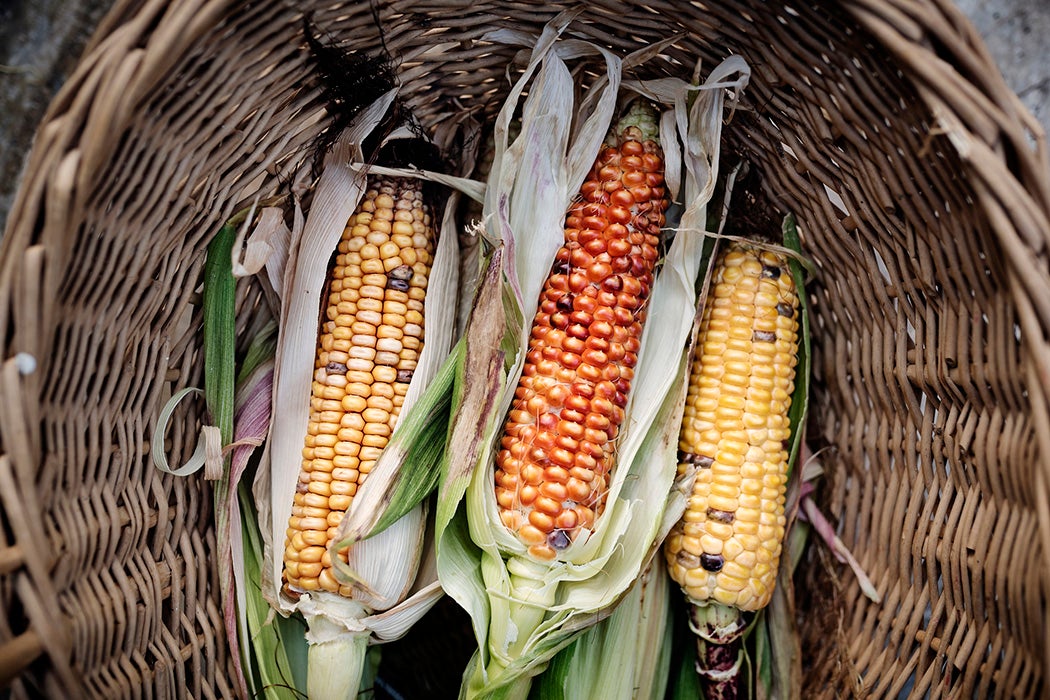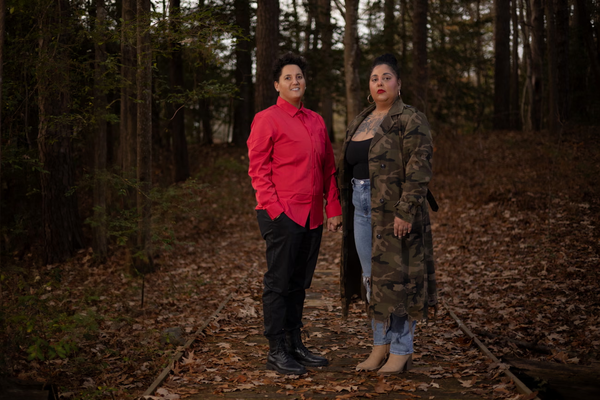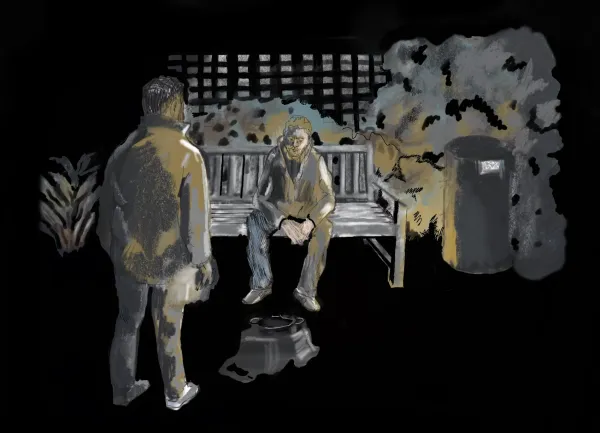How a botched restoration of Jesus helped a Spanish town

From Dan Lewis at Now I Know: "If you visited the Sanctuary of Mercy church in Borja, Spain before 2012, you would have seen a fresco painted on its walls titled “Ecce Homo” (or “Behold the Man”), a depiction of Jesus wearing a crown of thorns. Originally painted in 1930, it didn’t age well and required some restoration. Restoration, though, wasn’t in the budget; instead, that role fell to a volunteer, 80-something-year-old parishioner Cecilia Giménez. Giménez took it upon herself to touch up the fresco, aiming to bring it back to its original glory. News and pictures of the botched restoration quickly spread through the Internet, giving Ecce Homo its first taste of fame. Dubbed “Potato Jesus” because of the subject’s newfound resemblance to a tuber, the painting became a meme, inspiring many photoshopped parodies. And with that attention came visitors."
Can a passenger hack an airplane? Ethical hacker Ken Munro has the answer

From Why Is This Interesting? "An ongoing theme in action movies and thrillers is someone hacking a plane. The question, of course, is whether that is even possible. Security specialist/hacker Ken Munro set out to answer that question. He discovered that an airplane boneyard—where retired planes go to be taken apart—was willing to accept a bit of cash in exchange for his tinkering with the innards of the plane’s computing systems. What Ken discovered was that it’s thankfully not possible to hack into a plane’s control systems via the seatback entertainment. However, he did discover a significant weakness in his research: electronic flight bags, which pilots use to calculate things like the power needed for takeoff and landing. Unfortunately, it turns out these things aren’t particularly secure: many weren’t locked down and allowed the loading of random apps."
In North America it's corn, but everywhere else in the world it's called maize

From Matthew Wills for JSTOR Daily: "Americans call it corn, but hardly anybody else does. To most of the world, corn is maize, a word from the Taíno mahiz, as transcribed by Columbus. “Corn,” meanwhile, comes from the German word korn, which in turn is rooted in the Proto-Germanic term *kurnam, a word for a grain or seed. This old usage can still be found in “corned beef,” in which the corn-ing agents are grains of salt. “Corn” and its regional European variants came to mean cereal grains. What was grown locally was what was called corn: it meant wheat in England, oats in Scotland and Ireland, rye in Germany. The infamous British Corn Laws of the nineteenth century, which strangled the poor and helped to reinforce the power of landowners, aimed to control the import of wheat, oats, and barley; maize was considered animal food."
Editor's note: If you like this newsletter, I'd be honoured if you would help me by contributing whatever you can via my Patreon. Thanks!
Why Navajo may be the world’s hardest language to learn

From Tim Brinkhof for Big Think: "According to many linguists, the most difficult language in the world isn’t Mandarin or Basque or Hungarian or Xhosa, spoken in South Africa, but Navajo. Concentrated in Arizona and New Mexico, the Navajo are one of the largest Native American groups in the United States, consisting of up to 400,000 tribal members. Navajo is similar to Apache, and both belong to a language family called Athabaskan, which, providing evidence for their geographic origin, is also spoken by native tribes in Yukon, Alaska, and British Columbia. Described by linguists Robert W. Young and William Morgan as a “hopeless maze of irregularities,” its unique grammar, syntax, and tonal pronunciation are so indecipherable to outsiders that, during the Second World War, the U.S. Marines used Navajo as a form of military code."
Scientists and farmers race to save the world’s banana supply from a deadly fungus

From Andrew Zaleski for Bloomberg: "For 40 years, farmers, scientists and major producers in the industry have watched with growing anxiety as the fungus Fusarium odoratissimum, or Tropical Race 4, has marched through banana plantations in Southeast Asia. Fusarium is naturally occurring and typically spreads when contaminated soil hitches a ride on clothing, shoes or vehicles. In a banana field it burrows into the soil and attacks through the roots, quickly invading a plant’s vascular system and choking off the flow of water and nutrients. The fear was that TR4 would creep its way into Latin America, where frost-free weather and rich, alluvial soil has provided the premier place for growing the Cavendish, the world’s most consumed banana. Although about 1,000 varieties of banana exist, most are unfit for international trade."
Young East Indian professionals are moving in with friends instead of getting married

From Neerja Deodhar for Mid-Day: "When she felt weary from the grief of the COVID-19 pandemic, Mallik decided to quit her full-time job at a feminist human rights organisation and move close to Mysore, where she and six friends jointly bought land a few years ago. Mallik, a single mother and consultant for nonprofits, rents a house in the town with two other friends from this circle, so that they can watch as their four-unit communal housing dream comes to life. With common areas for cooking, dining and leisure, it has the perfect balance architecturally speaking—giving a group of strong individuals the joys of a shared existence, as well as their own personal space. Mallik is among a growing lot of urban Indians in their middle age who are single and cohabiting with friends—driven by the impulse to spend their sunset years with their chosen family instead of relatives."
A phonograph that produces 'rock' music
Old school rock music.
— Massimo (@Rainmaker1973) November 30, 2023
A phonograph that 'reads' and reproduces a rock rough surface.
[📹 Leonel Vasquez]pic.twitter.com/ATuvLeIhNR
Acknowledgements: I find a lot of these links myself, through RSS feeds etc. But I also get some from other newsletters and blogs that I rely on as "serendipty engines." They include Today In Tabs, Clive Thompson's Linkfest, Maria Popova's website The Marginalian, The Morning News from Rosecrans Baldwin and Andrew Womack, Why Is This Interesting, Dan Lewis's Now I Know, Robert Cottrell and Caroline Crampton's The Browser, Sheehan Quirke AKA The Cultural Tutor, the Smithsonian magazine, and JSTOR Daily. If you come across something you think should be included here, feel free to email me.



